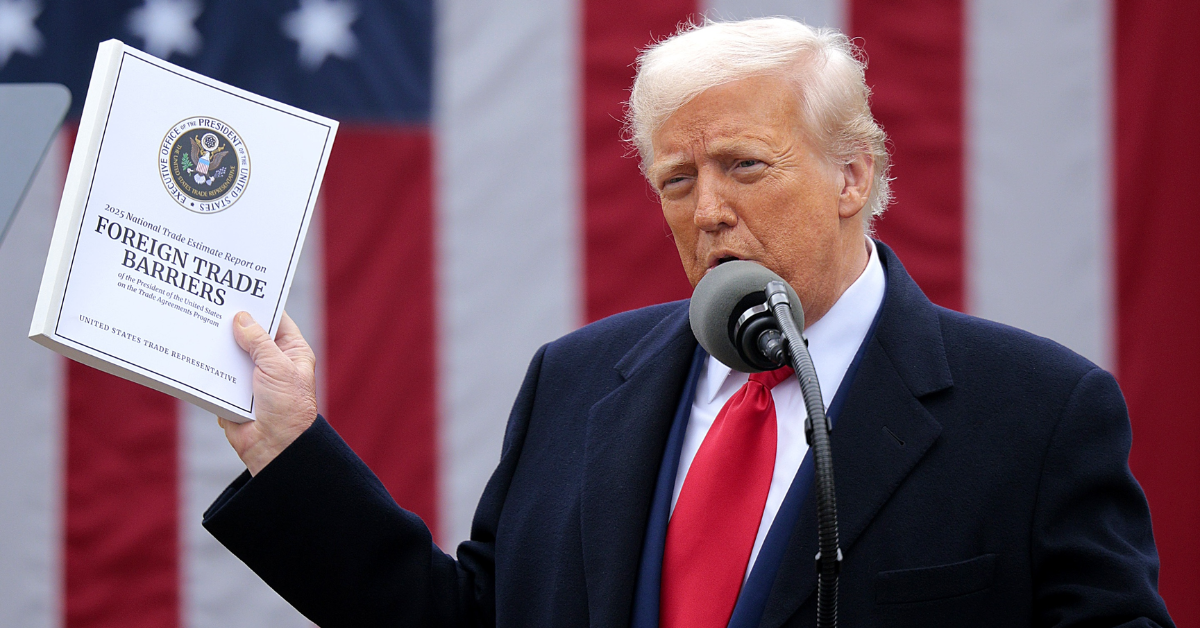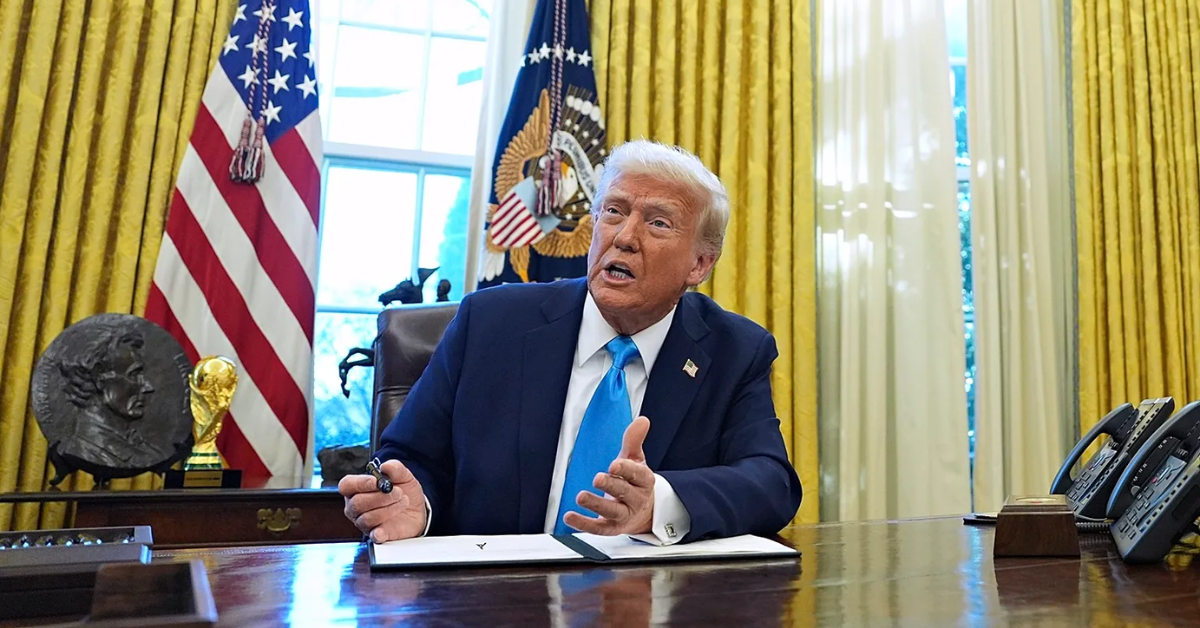Oregon – Oregon’s manufacturing sector, once a vital driver of the state’s economy, is facing significant declines as tariffs imposed during the Trump administration add pressure to an already struggling industry. Over the past year, the manufacturing workforce has shrunk by 5%, resulting in a loss of more than 9,400 jobs, marking the largest decline among all economic sectors in Oregon.
The combination of rising import costs due to tariffs, reduced orders, and trade tensions is creating a challenging environment for Oregon manufacturers, with many fearing further job losses in 2025 and beyond.
The Sharp Decline in Oregon’s Manufacturing Jobs
Last summer, Oregon’s manufacturing workforce consisted of more than 187,000 employees, derived from a labor pool of roughly 2 million workers. But within a year, the sector lost nearly 5% of its workforce, about 9,400 jobs. Employment economist Gail Krumenauer remarked,
“That’s the largest decline of any sector in Oregon’s economy over the past year.”
Manufacturing employment was trending upward until 2022 when it neared a peak at approximately 195,000 jobs, but recent years have seen notable declines. Oregon’s overall workforce has also decreased to about 1.97 million people, with health care and social assistance sectors showing the most consistent job growth, currently employing around 312,000 workers.
How Trump’s Tariffs Are Squeezing Oregon Manufacturers
Beginning in April, the Trump administration implemented widespread tariffs, notably a 10% tax on imported goods, intended to boost domestic manufacturing by discouraging foreign imports. However, many Oregon businesses contend that these tariffs have increased operating costs and created uncertainty that discourages spending.
Britt Howard, owner of Portland Garment Factory, highlights the triple impact the tariffs have on her business supplying major clients like Nike, Intel, and OMSI:
- Increased Material Costs: Many critical materials such as velcro, elastic, twill, webbing, buckles, and molded plastic pieces are sourced internationally and now come with added import taxes passed on by U.S. suppliers.
- Reduced Customer Orders: Rising costs squeeze budgets, prompting clients to place smaller or fewer orders, leading to reduced work and cut hours for her staff.
- Reciprocal Tariffs: Other countries have imposed tariffs on U.S. goods in retaliation, discouraging international clients from exporting products manufactured in Oregon.
Howard elaborated,
“Especially at the color and the size and the capacity that we need things… those aren’t made in this country.”
Historical Challenges and Industry Perspectives
The domestic apparel and footwear manufacturing sector has historically struggled to compete due to the global shift of labor-intensive production to countries with lower wages and fewer regulations since the 1990s. These international dynamics, compounded by tariffs, challenge the feasibility of boosting local manufacturing at scale.
The American Apparel and Footwear Association wrote to President Trump in May, emphasizing that tariffs alone cannot overcome the considerable supply chain, labor, and cost barriers:
“Tariff policy cannot overcome these obstacles, especially when it is imposing new costs on existing manufacturers in our industry.”
Economic Outlook and Uncertainty Surrounding Tariffs
While tariffs may be increasing pressure on Oregon’s manufacturing sector, economist Gail Krumenauer notes it is too soon to declare trade policy the main cause of job losses. She emphasizes monitoring trends such as unemployment insurance claims from manufacturing workers to better understand the impact going forward.
Adding to the uncertainty, a recent appeals court ruling declared most of Trump’s tariffs illegal but allowed them to remain in place until October, keeping the door open for a Supreme Court review. This legal limbo perpetuates instability for manufacturers and their employees.
Key Takeaways on Oregon Manufacturing Challenges
- Oregon’s manufacturing sector lost 5% of its workforce in a year — a loss of approximately 9,400 jobs.
- Tariffs implemented by the Trump administration have increased material costs and caused order reductions.
- Reciprocal tariffs from other countries dissuade international exports, compounding business challenges.
- Local manufacturers, such as Portland Garment Factory, have had to reduce staff hours due to declining orders.
- Health care and social assistance remain the fastest-growing employment sectors in Oregon.
- The legal status of the tariffs remains uncertain, potentially influencing the sector’s future stability.
What Does This Mean for Oregon’s Workforce?
The manufacturing sector’s contraction represents a broader challenge for Oregon’s economy and its workers. As tariffs continue to influence costs and trade dynamics, manufacturers may face deeper contractions or be forced to innovate to survive.
Employment economist Krumenauer highlighted ongoing efforts to track the situation carefully:
“One of the things that I’m looking at going forward is if we’re seeing a larger number of folks coming in for first-time, or initial, unemployment insurance claims who are coming from the manufacturing sector.”





